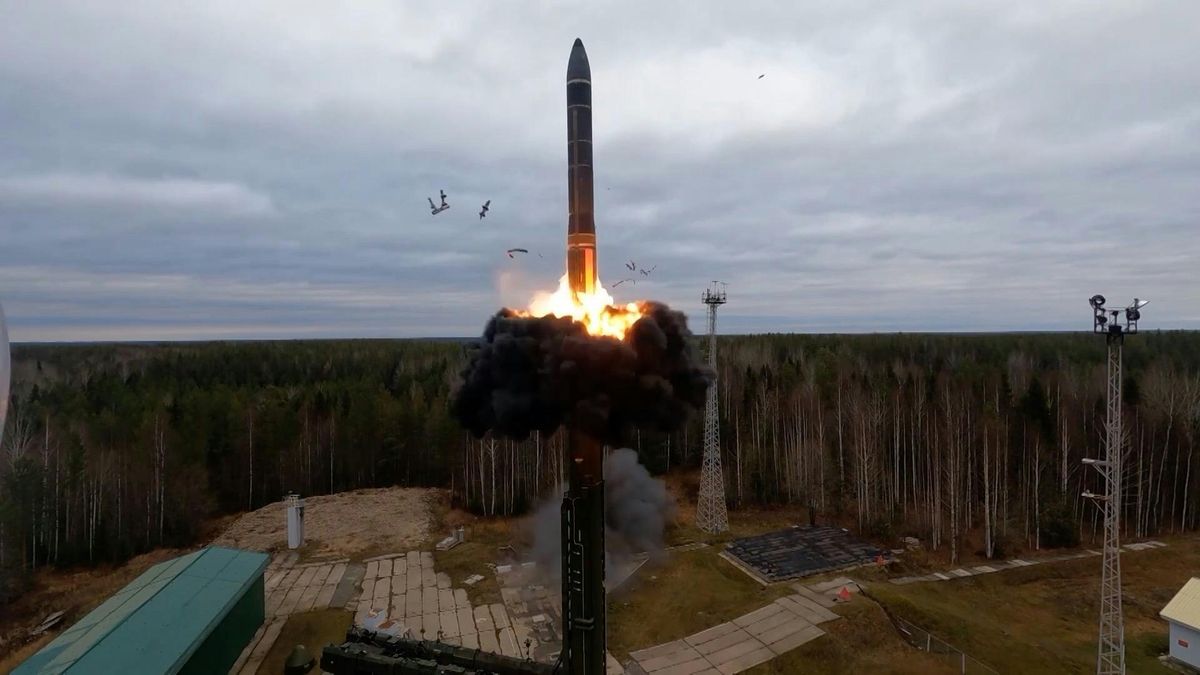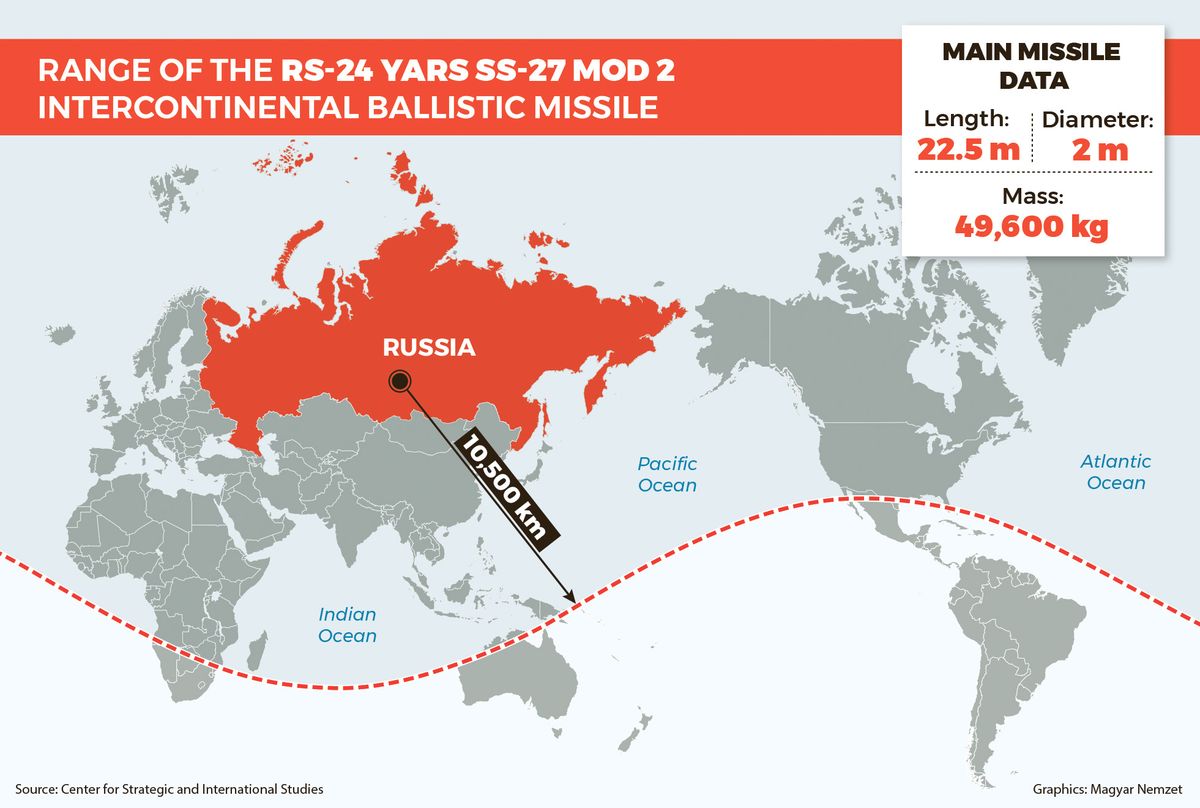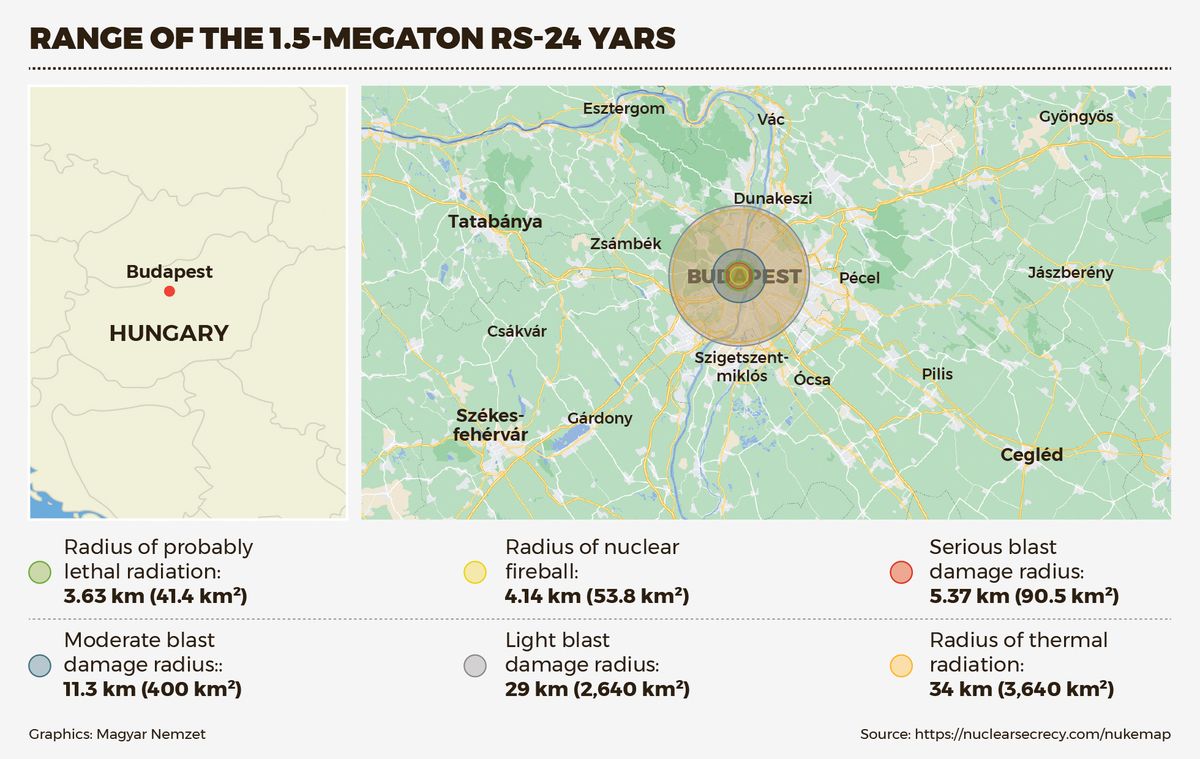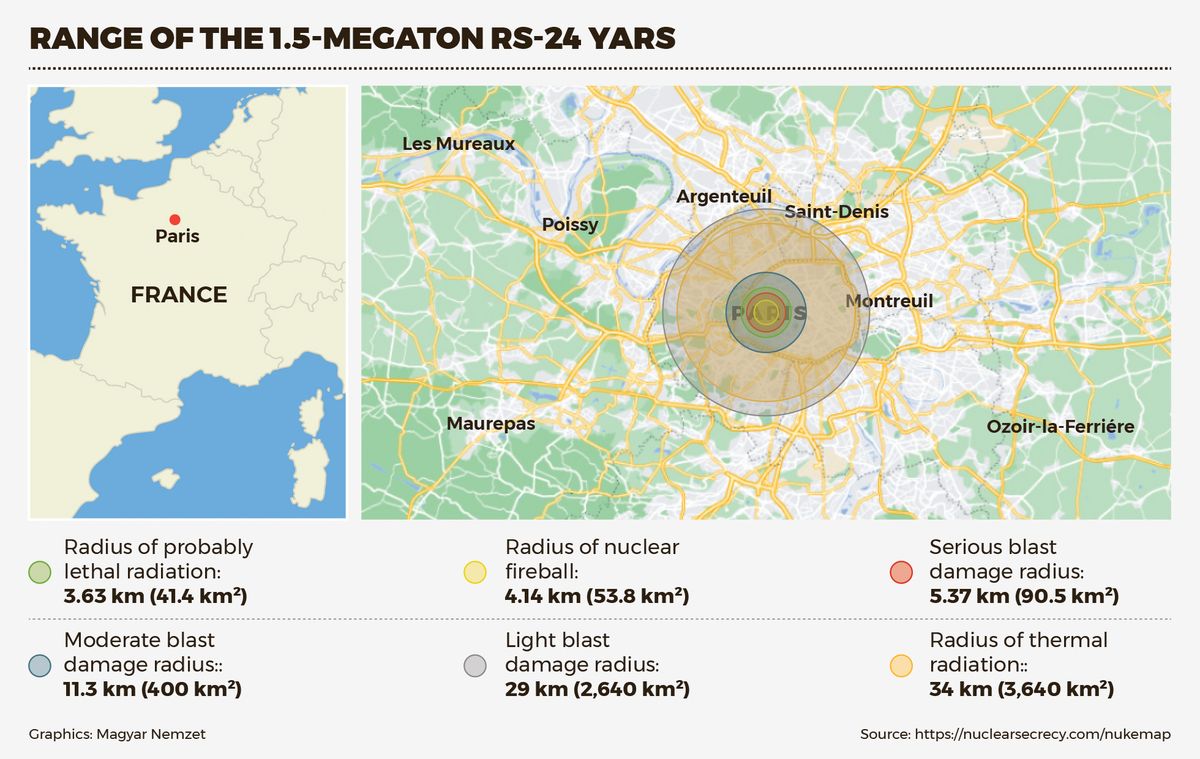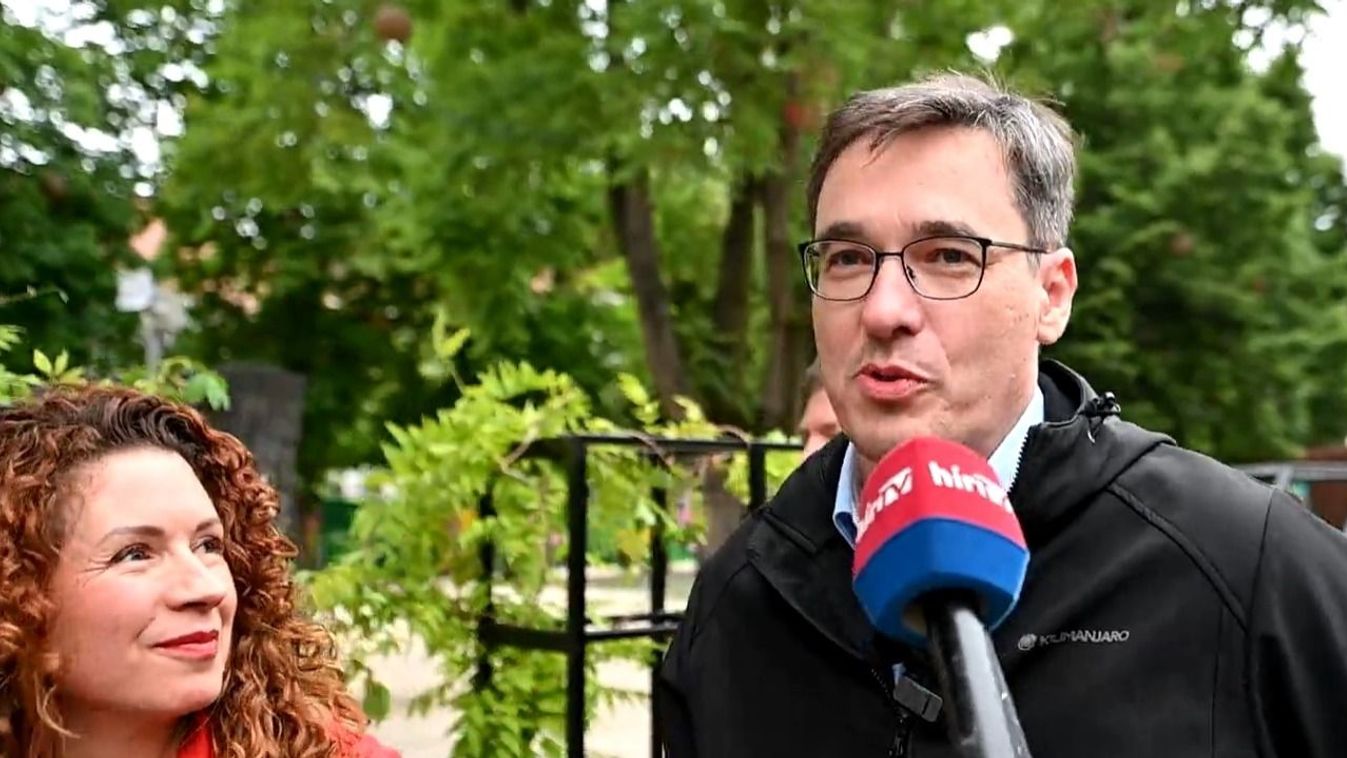The outbreak of the Russia-Ukraine war has plunged the world into an unceasing and dangerous escalation spiral, with no end in sight because of politicians making irresponsible and reckless statements. Initially, Western politicians sent only helmets, then gradually, one after the other, they supplied heavy weapons. As "their war" is being lost, the most ardent pro-war advocates are now in turn making declarations to the effect of sending in NATO troops as well as stationing and deploying nuclear weapons. Nuclear war is already on our doorstep.
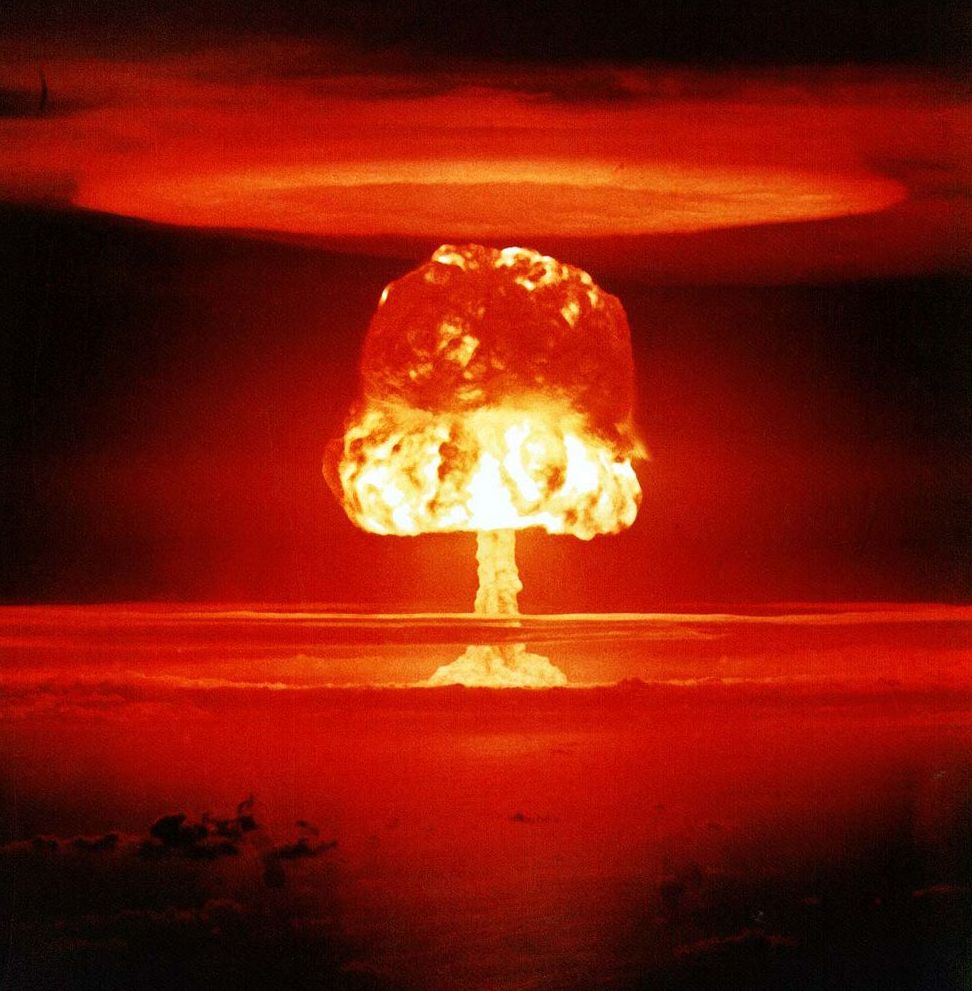
Recently, war psychosis afflicted French President Emmanuel Macron, the biggest warmonger in the Western world, said that he would not exclude the use of nuclear weapons.
I'm in favor of opening the debate, which should encompass missile defense, firing long-range missiles and nuclear weapons of those who have them, as well as those with US nuclear weapons stationed on their soil.
Macron said in an interview with the regional press, adding "Let's put everything on the table and see what will truly and credibly defend us".
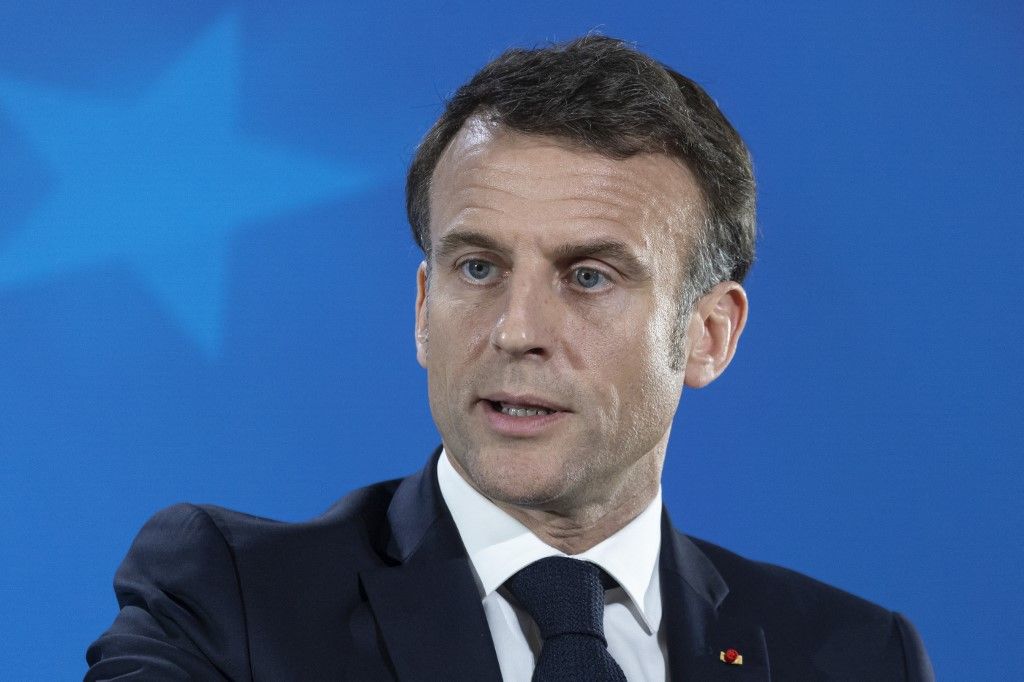
The statements pointing in the direction of total escalation instead of a ceasefire and peace underscore the previously mentioned spiral, whose current vortex has reached the final hour of devastating destruction that threatens all humanity. The French president's assertion is irresponsible and adds fuel to the fire because, since the outbreak of the war, President Vladimir Putin has repeatedly and consistently stated that the Russian Federation is ready to deploy its dreaded nuclear arsenal.
Russia has largest nuclear arsenal
As a consequence of the trio of Soviet legacy, advanced Russian nuclear technology and pioneering Russian missile technology, Russia, and more directly Vladimir Putin possess the world's largest nuclear arsenal.

According to estimates from 2024, Russia has 5,580 nuclear warheads. Their nuclear arsenal is very diverse and multifaceted, enabling Moscow to launch nuclear strikes by land, sea and air launchers. This triad is known as the nuclear triad.


